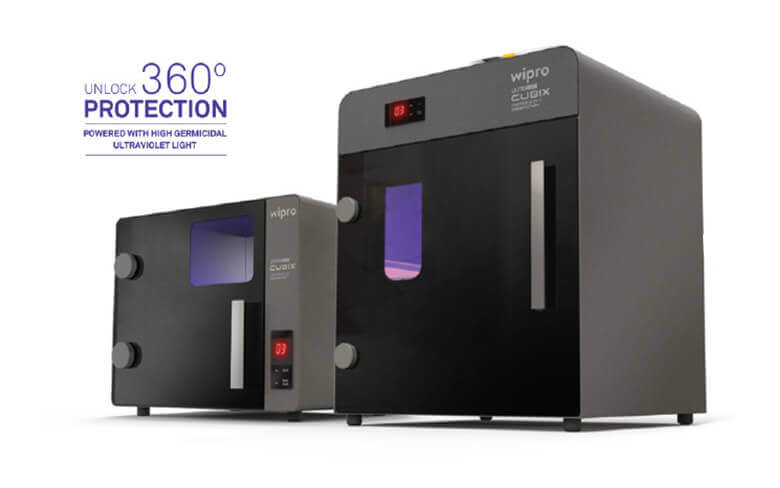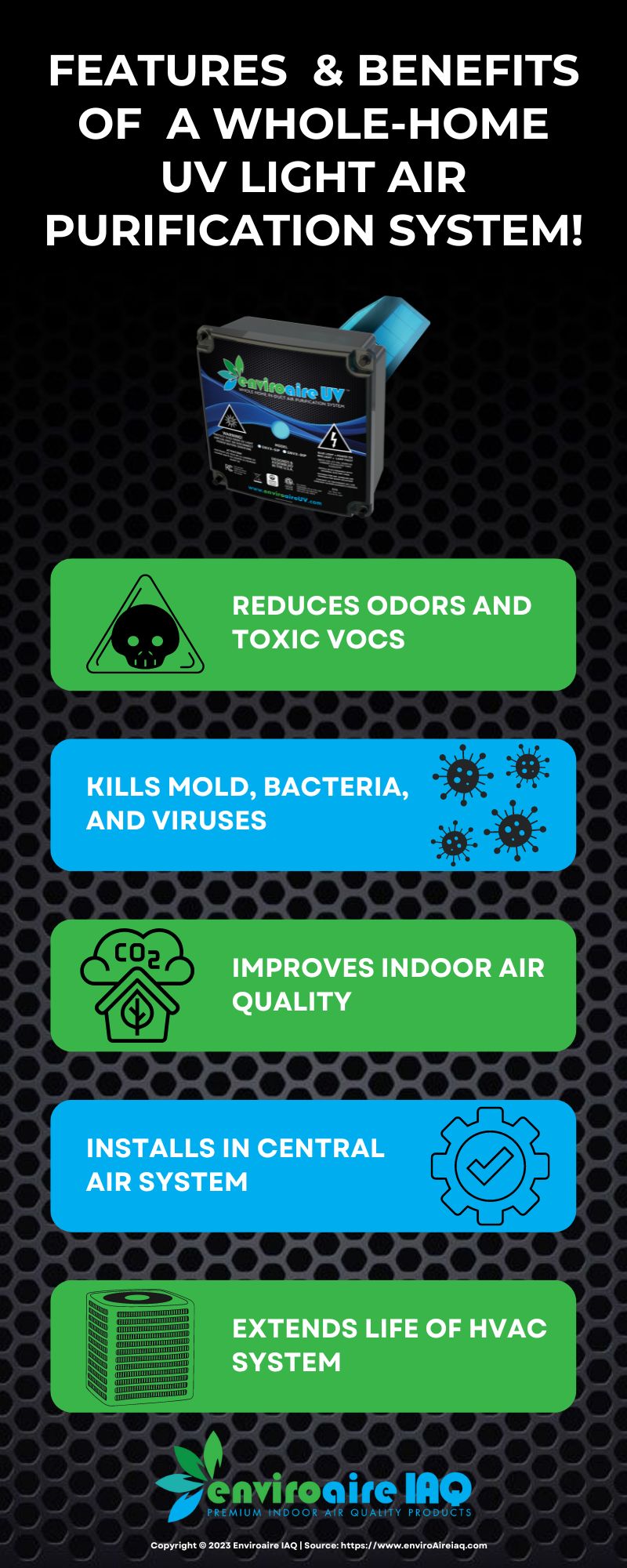Some Known Incorrect Statements About Uvc Light
Fascination About Uvc Light
Table of ContentsFacts About Uvc Light RevealedGet This Report about Uvc LightThe Facts About Uvc Light RevealedAll about Uvc LightThings about Uvc LightThe 10-Minute Rule for Uvc Light
A brand-new type of ultraviolet light that might be safe for people took less than five minutes to lower the level of interior airborne germs by more than 98%, a joint research by scientists at Columbia University Vagelos University of Physicians and Surgeons and in the U.K. has located. Even as germs continued to be sprayed right into the space, the degree remained very reduced as lengthy as the lights were on.However previously these research studies had only been carried out in little speculative chambers, not in full-sized areas imitating real-world conditions. In the existing study, researchers at the College of St. Andrews, University of Dundee, University of Leeds, and Columbia University tested the efficiency of far-UVC light in a large room-sized chamber with the very same ventilation rate as a regular home or office (about three air changes per hour).
The effectiveness of different techniques to lowering interior infection degrees is generally gauged in terms of equal air adjustments per hour. In this research, far-UVC lamps created the matching of 184 equivalent air exchanges per hour. This surpasses any type of other strategy to disinfecting occupied indoor areas, where 5 to 20 comparable air modifications per hour is the ideal that can be attained virtually.
5 Simple Techniques For Uvc Light

The main criteria of UV-C sanitation are wavelength, dosage, family member humidity, and temperature level. There is no consensus regarding their optimal values, but, generally, light at a high dose and a spectrum of wavelengths having 260 nm is favored in an environment at space temperature level with reduced family member humidity. This light can be produced by mercury-vapour, light-emitting diode (LED), pulsed-xenon, or excimer lamps.
There are wellness and security dangers connected with the UV-C modern technology when used in the closeness of individuals. UV-C disinfection systems have appealing attributes and the prospective to boost in the future. However, clarifications surrounding the various criteria affecting the innovations' efficiency in health center atmosphere are required. Therefore UV-C disinfection should presently be taken into consideration for low-level as opposed to top-level sanitation.
One more application arose in 1910 when UV light was made use of to decontaminate water. Nowadays, UV light is utilized for water, air, food, surface, and medical devices disinfection.
Uvc Light Fundamentals Explained
DNA, RNA, or healthy proteins of a micro-organism take in UV light, with a peak absorbance around 260 nm [6] This results in the disturbance of DNA or RNA, bring about the inactivation of the micro-organism. UV-C-induced DNA disturbance commonly consists of the bonding of two adjoining thymine (or cytosine) bases rather than the traditional connecting of a base with its complementary base on the various other strand.

Dark repair work, on the other hand, calls for multiple enzymes and nutrients for energy [6] It is vital to recognize whether last inactivation outcomes have actually thought about the event of reactivation considering that it may cause 60% of the achieved inactivation being turned around [7] Furthermore, anomalies can arise upon UV-C direct exposure given that this exposure can lead to the origination of intra-strand cyclobutyl-pyrimidine dimers in DNA [ 6] The UV-C zone is used for sanitation yet there is no consensus on the exact optimal wavelength. Light at 260 nm can trigger top article the most disturbance. Different micro-organisms are most prone to a little various wavelengths.
Some Known Facts About Uvc Light.
On the other hand, it has technical ramifications because the overall energy of the light beam of light is then split over all existing wavelengths. A micro-organism that is susceptible to 254 nm light will be suspended much more by a lamp that releases exclusively light at 254 nm than a lamp that releases a wavelength spectrum at equivalent overall energy.
Exposure times of 1045 min for area disinfection and 25 s to 5 min for clinical devices were run into in literary works. The strength is vice versa symmetrical to the squared range between the source of light and the surface and is consequently specified at the surface in the dose calculation formula [14]
Further, the result of a lamp lowers in time, so it is advised to determine the dosage at the end of lamp life, which is representative of a worst-case circumstance. The dose likewise affects the quantity of photoreactivation. Quek et al. located that the portion of photoreactivation lowered from 5.31% to 0% for an increase in dose from 1.6 to 19.7 mJ/cm2 [8]
Zhang et al. observed a modification in UV irradiance of 34% when the RH increased from 50% to 90% [18] The quantity of RH influence on UV performance depends on today micro-organism and is more apparent for germs than for viruses [16] The influence of temperature depends on the light source.
Uvc Light Can Be Fun For Everyone


This is recognized as much UV-C modern technology and is a fairly brand-new disinfection approach with restricted expertise about its effectiveness.
In research study, the results on pulsed versus constant UV-C sanitation efficiency differ. When contrasting pulsed and continuous light it is essential to keep various other variables such as wavelength and dosage consistent. Nyangaresi et al. and Sholtes et al. both discovered that pulsed or continuous light released by LEDs caused equivalent log10 decreases [15,28]
How Uvc Light can Save You Time, Stress, and Money.
In case ozone is not required for disinfection, get redirected here a modified light can be used. For mercury-vapour lamps, doped quartz glass or specialized soft glass can strain short-wave UV-C light. For pulsed-xenon, doped quartz can be used too [30] UV-C has appealing functions for sanitation view publisher site such as automatic disinfection, being much less time-consuming than widely made use of handbook or chemical sanitations, leaving no unsafe residuals, and being environmentally friendly (if no mercury-vapour lamps are used) [31,32]